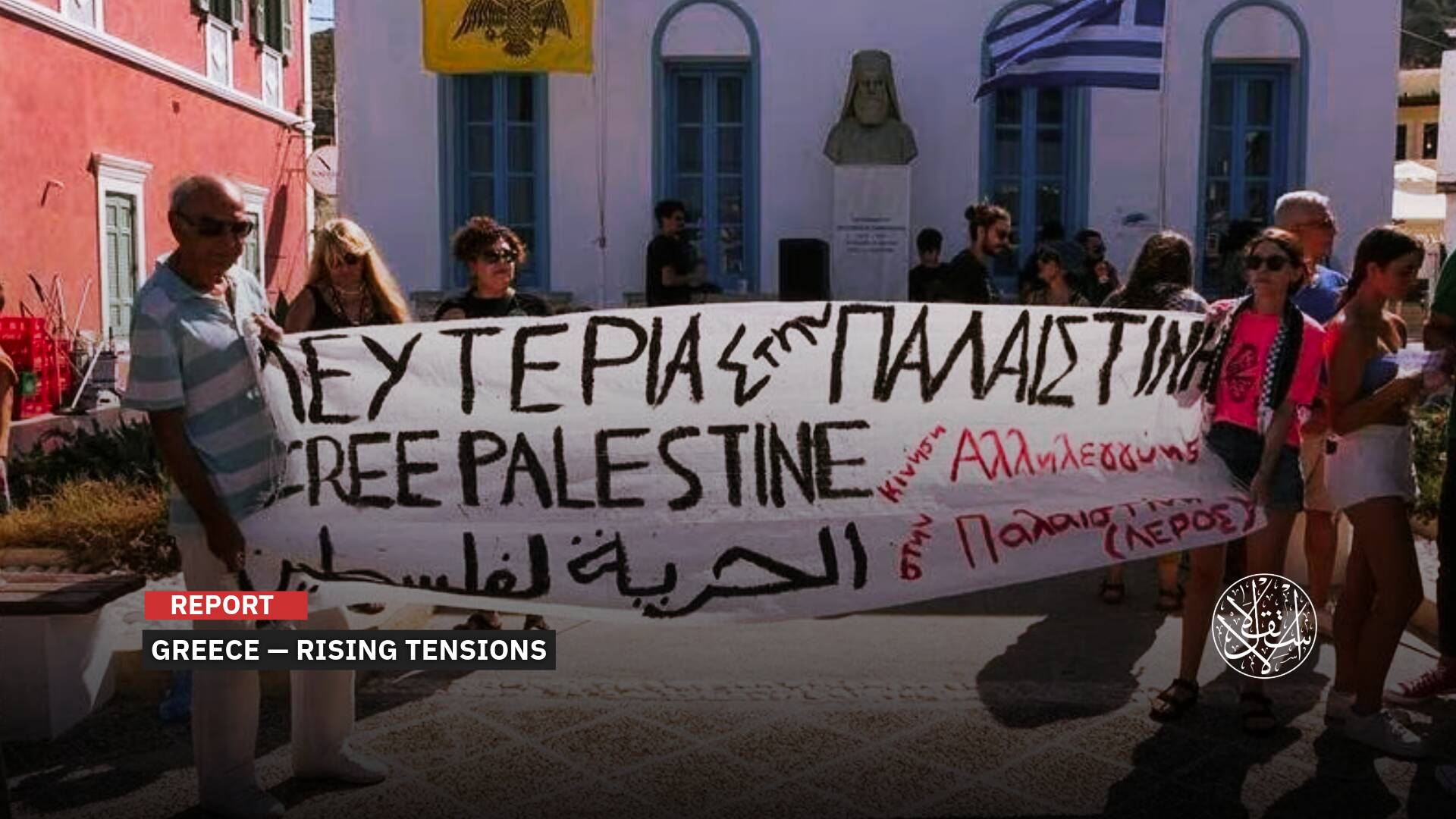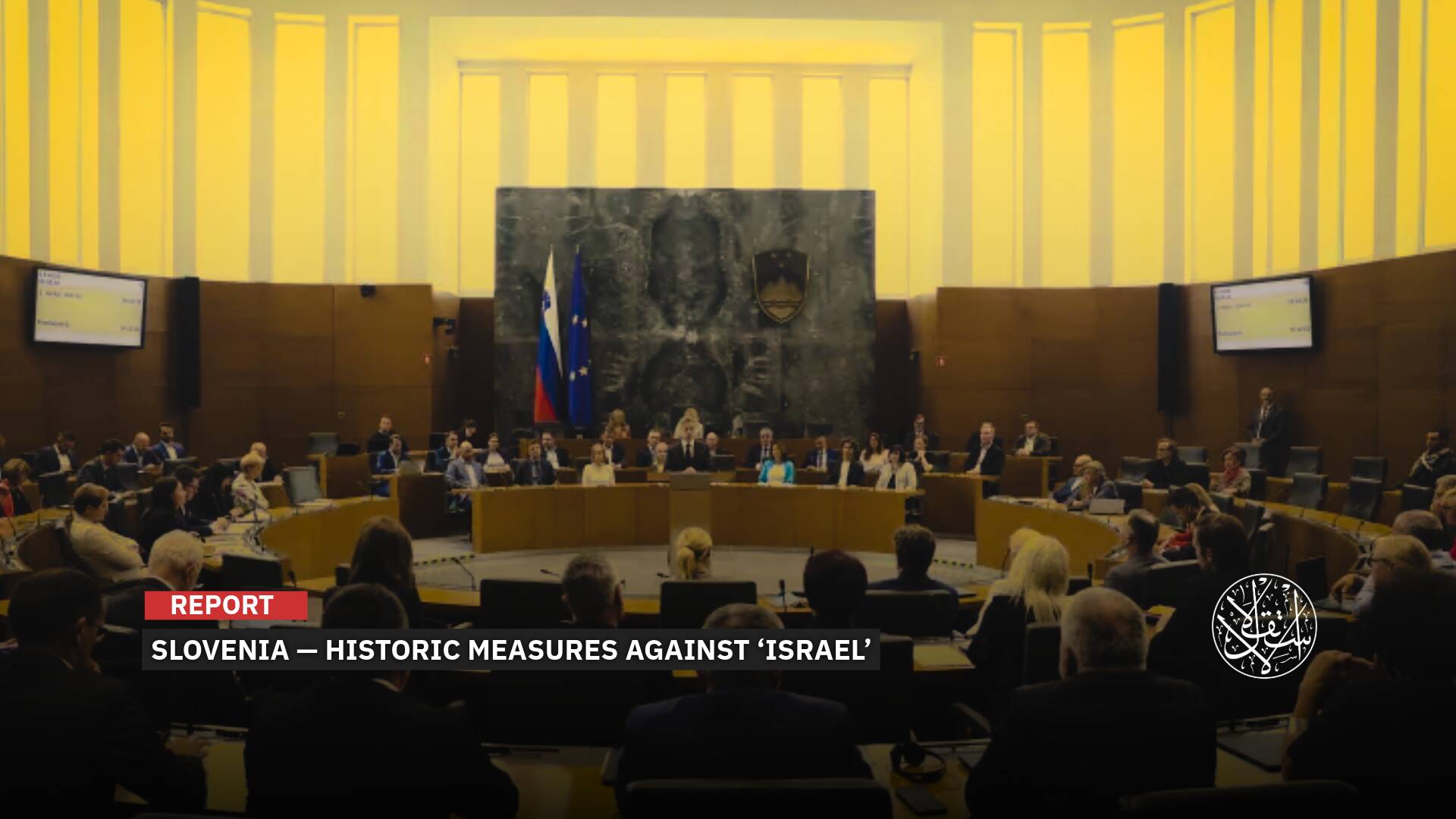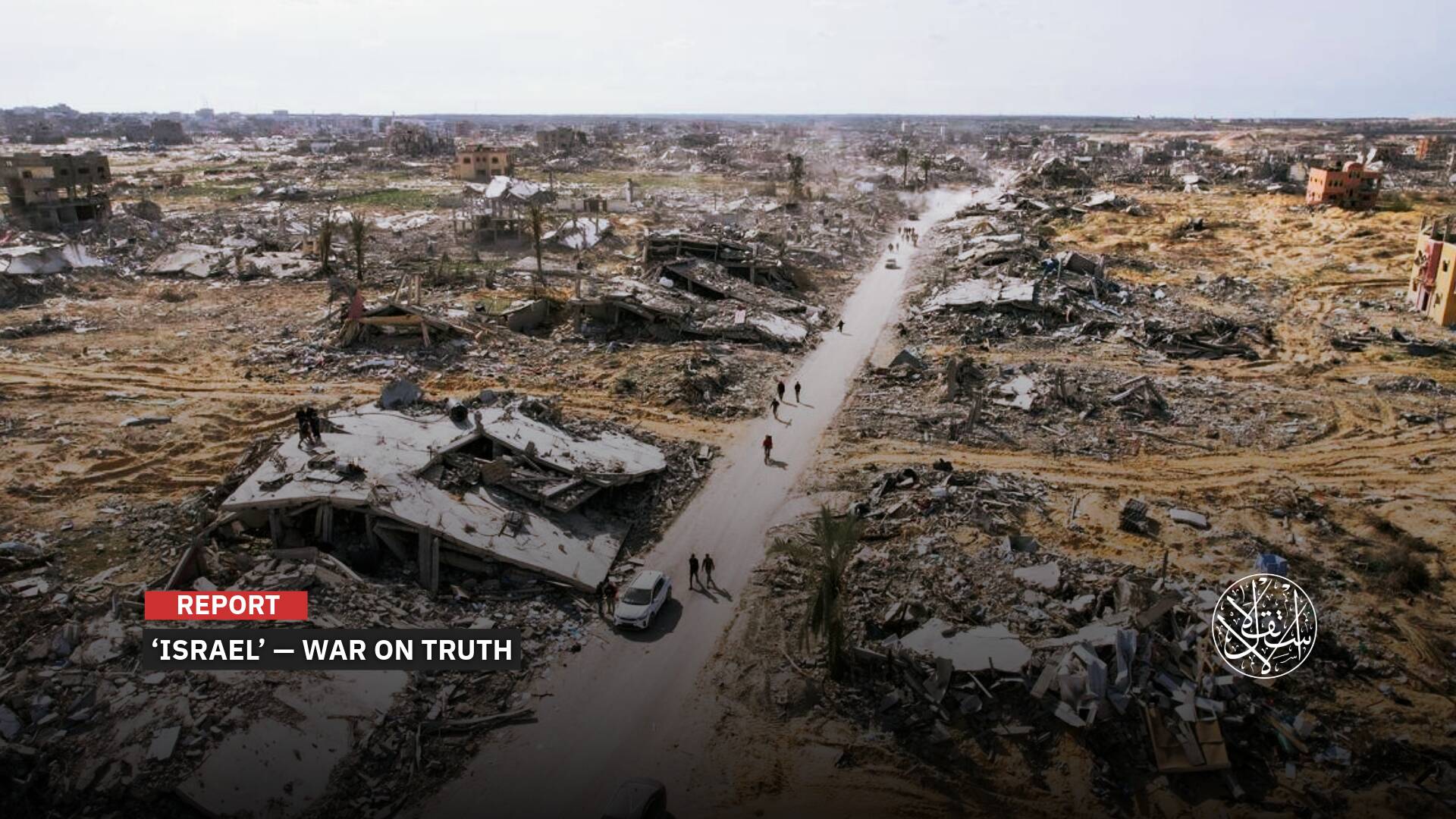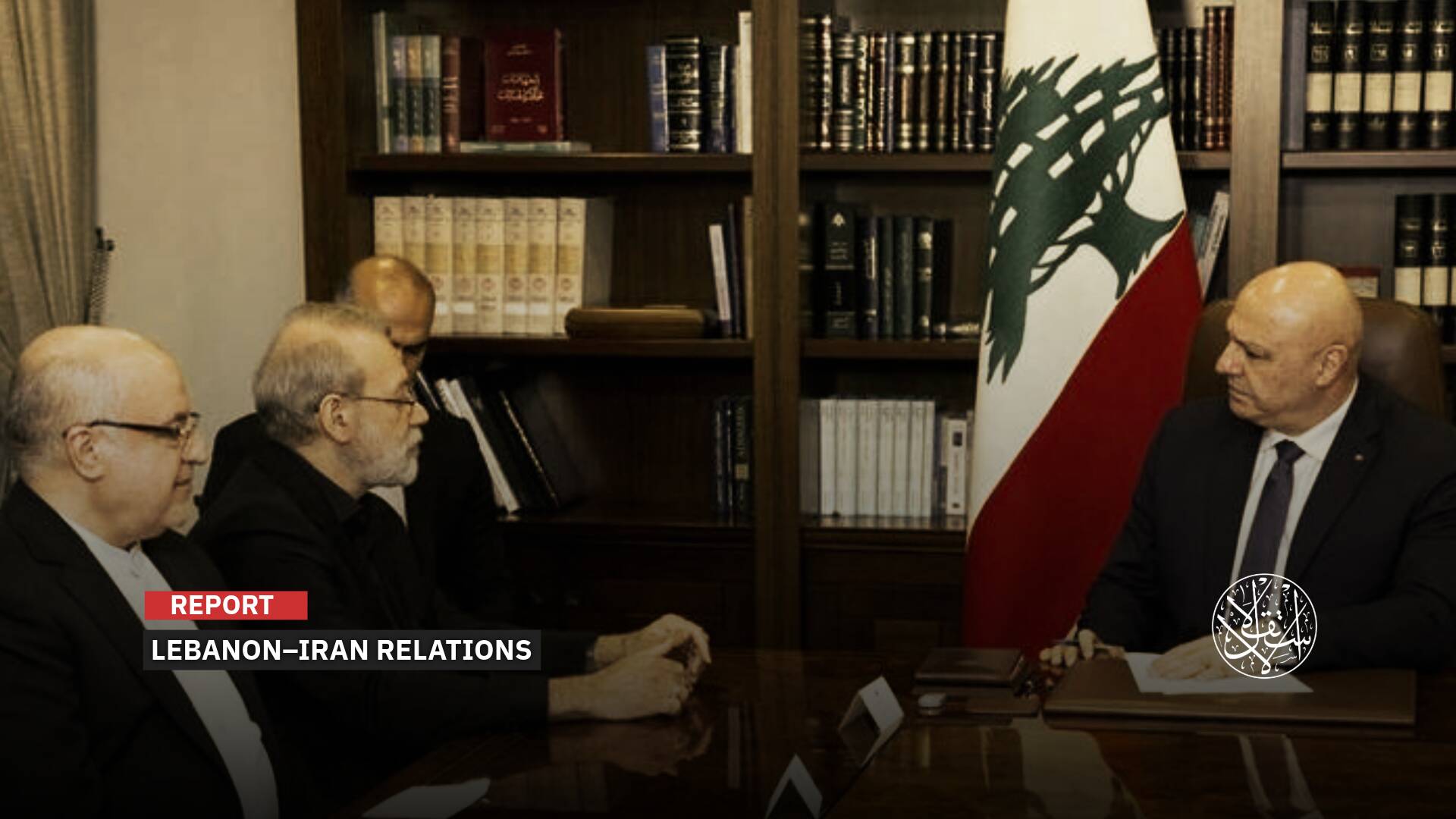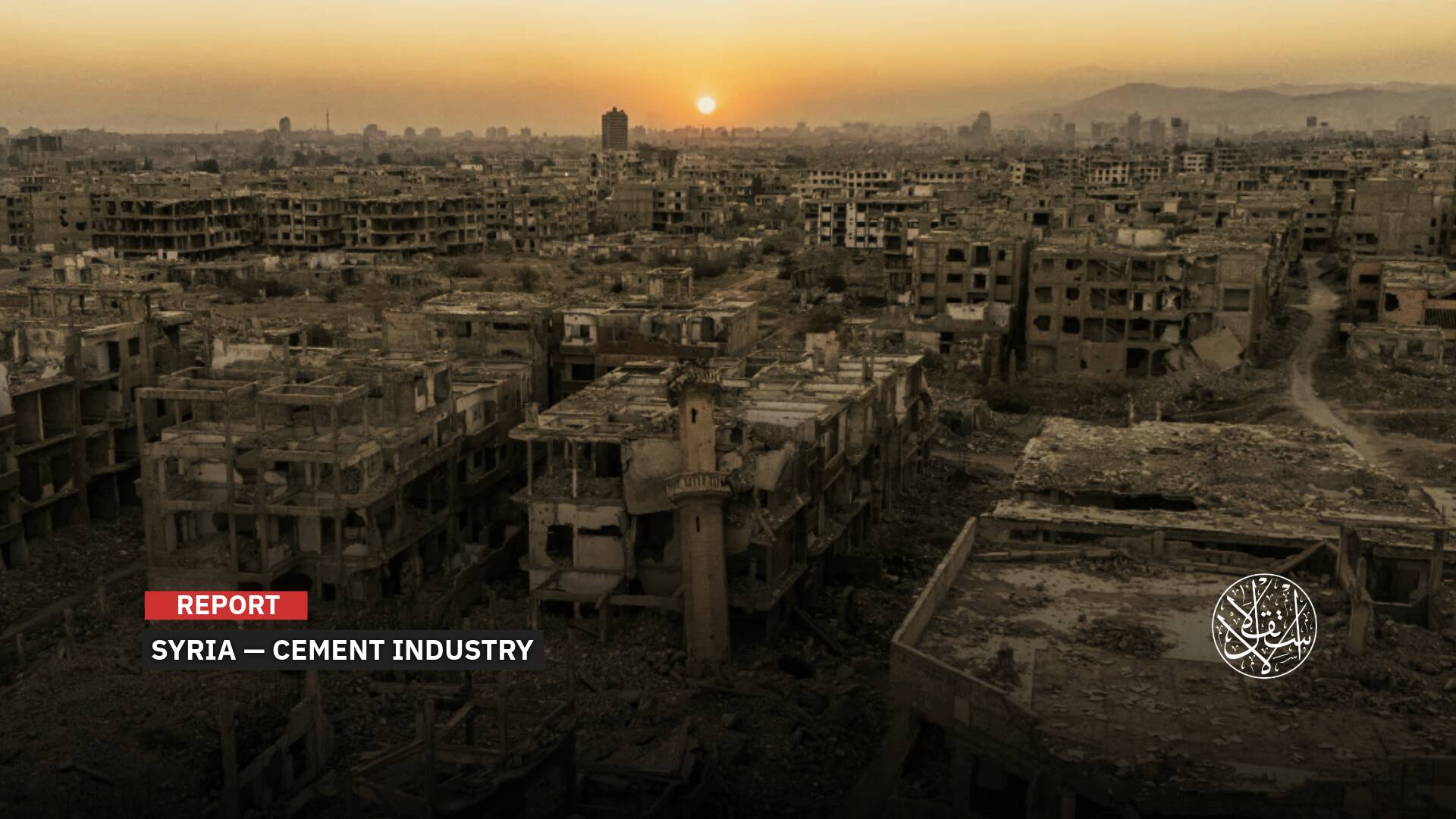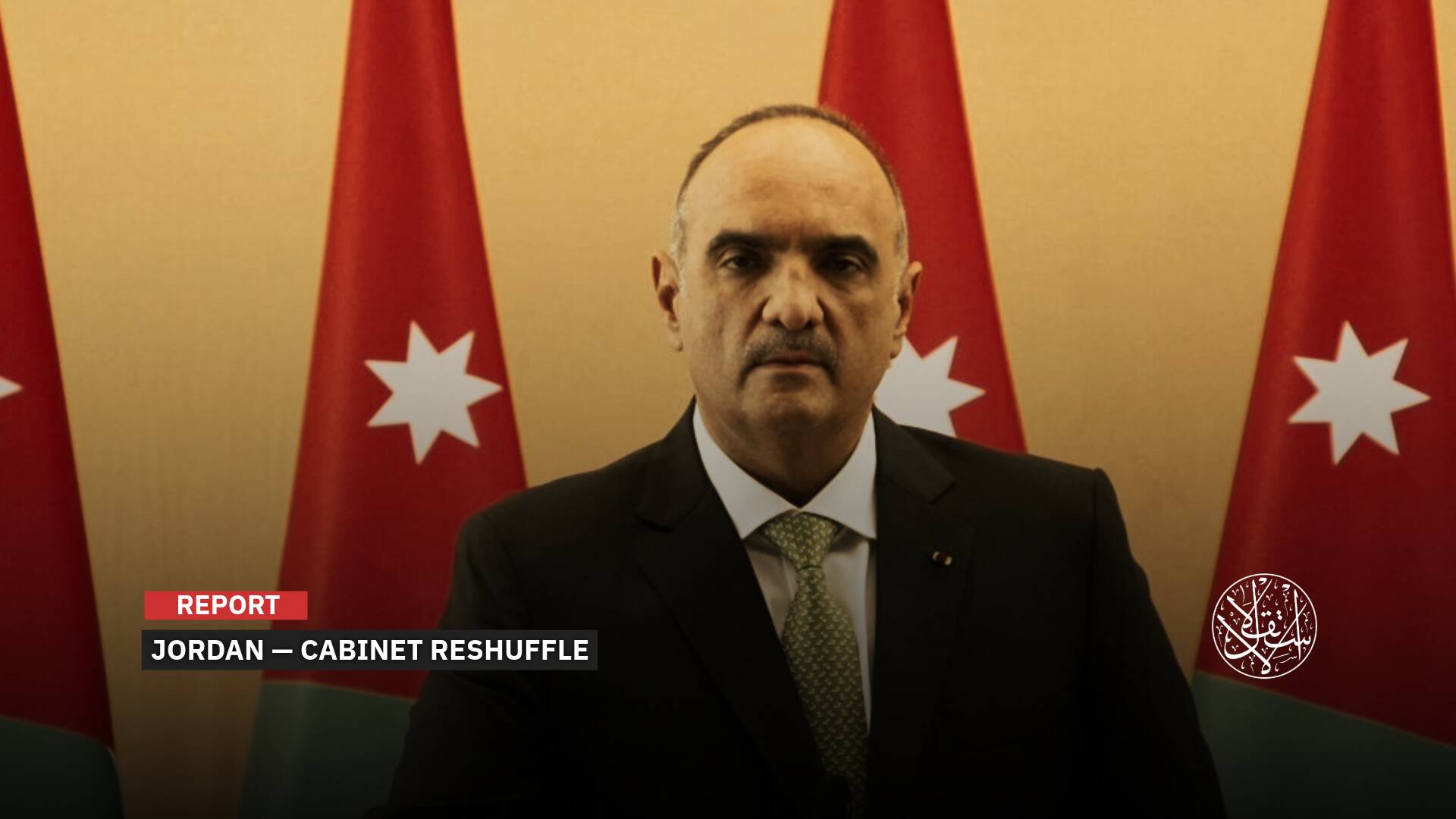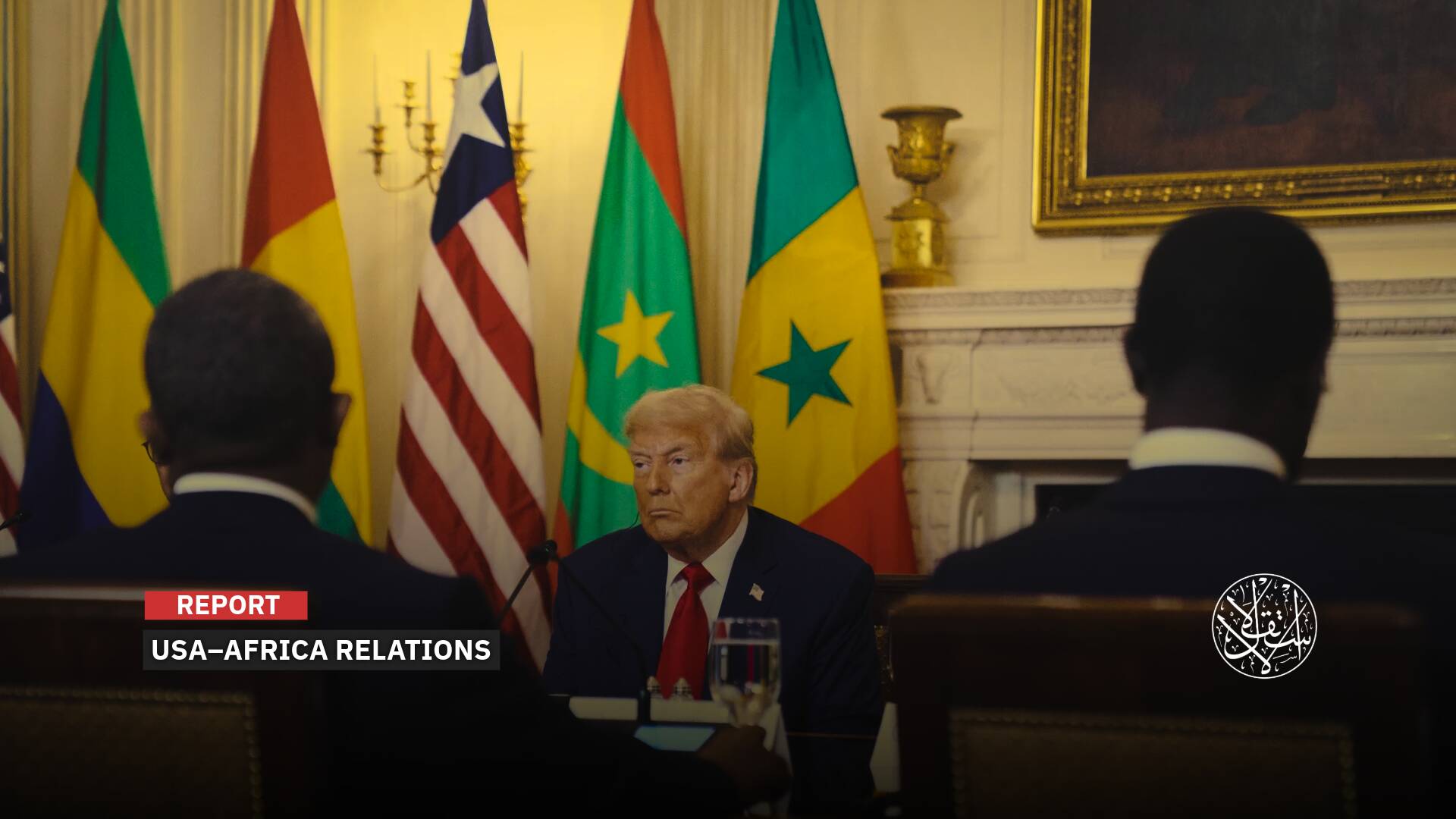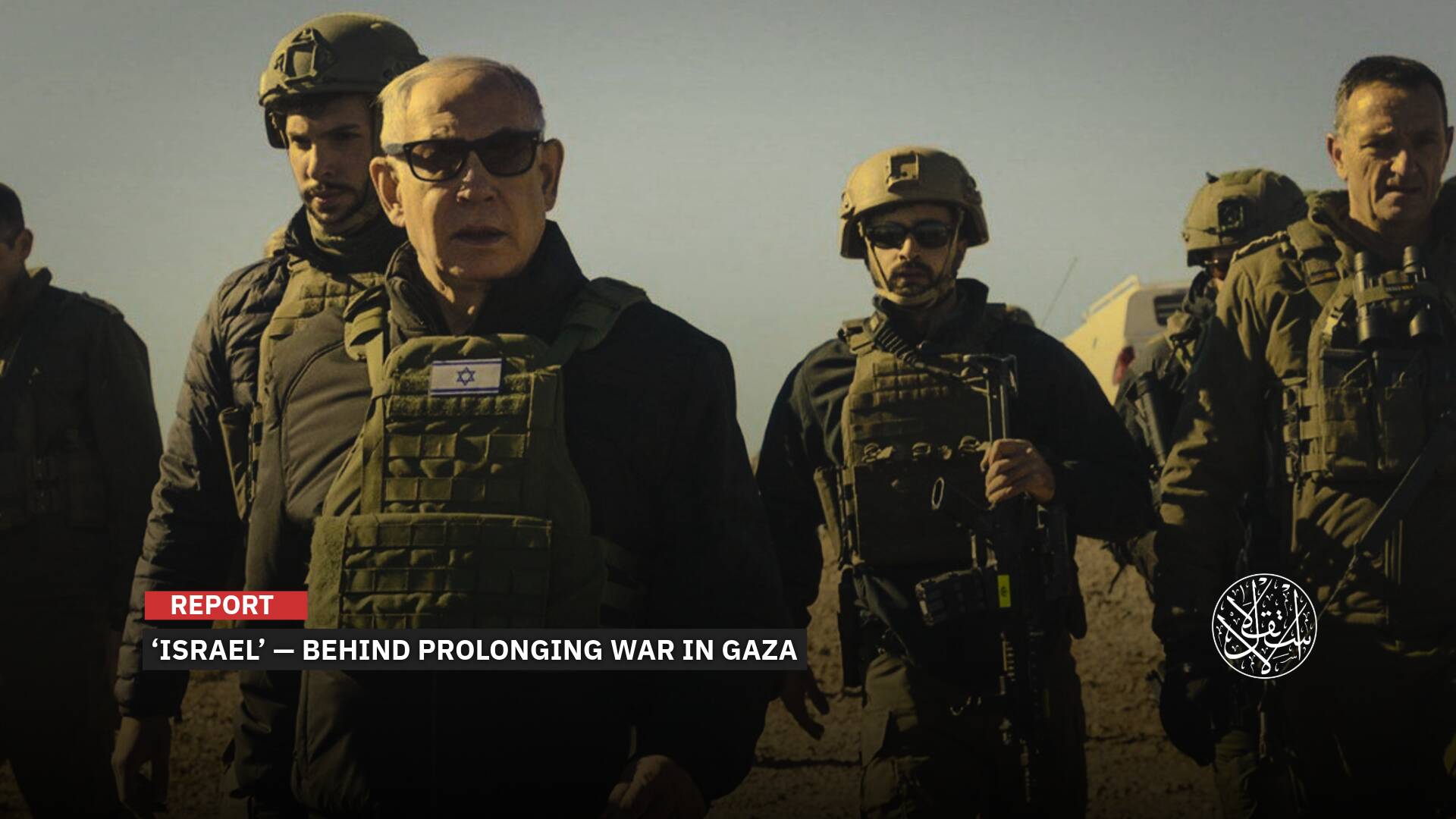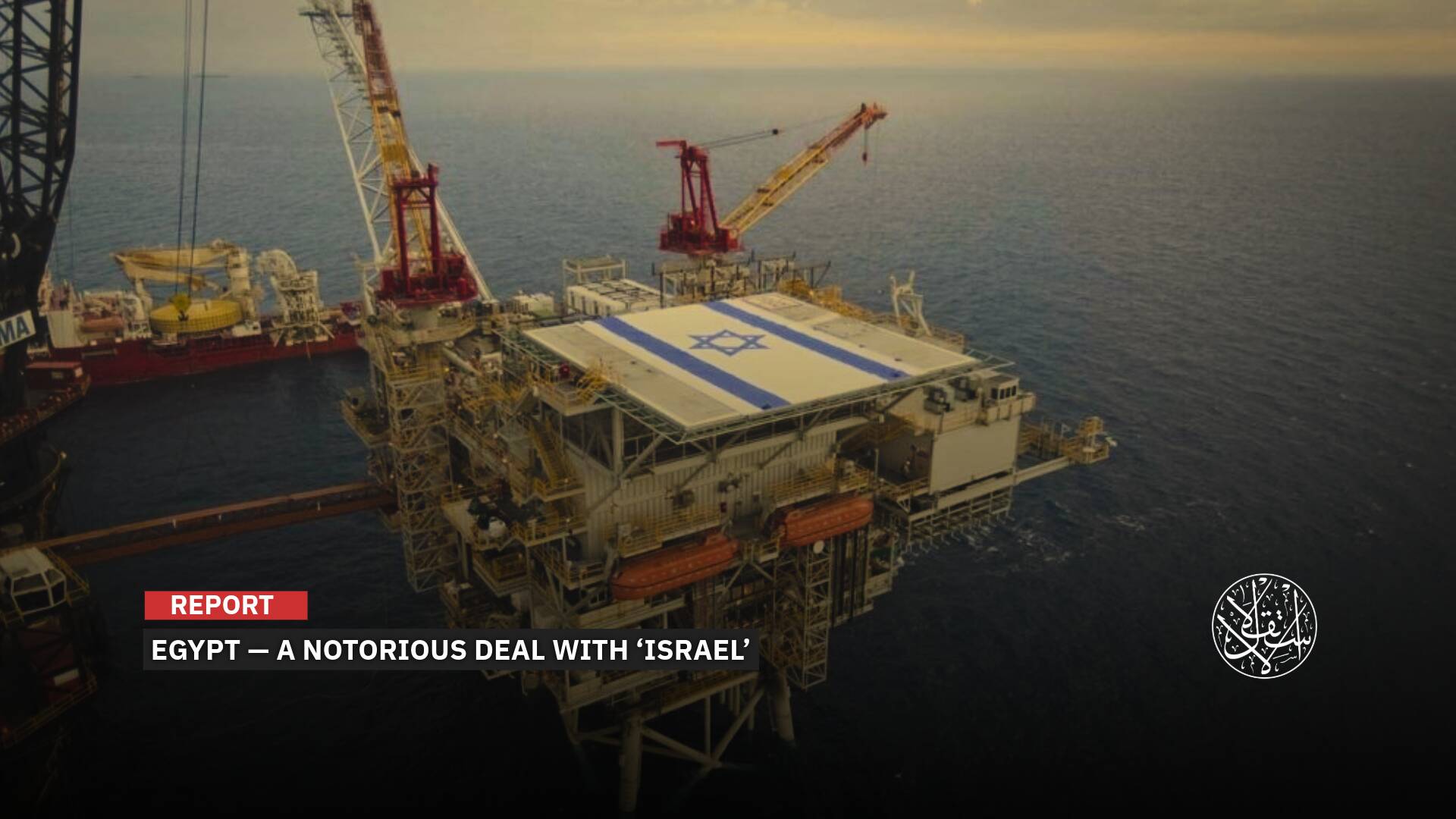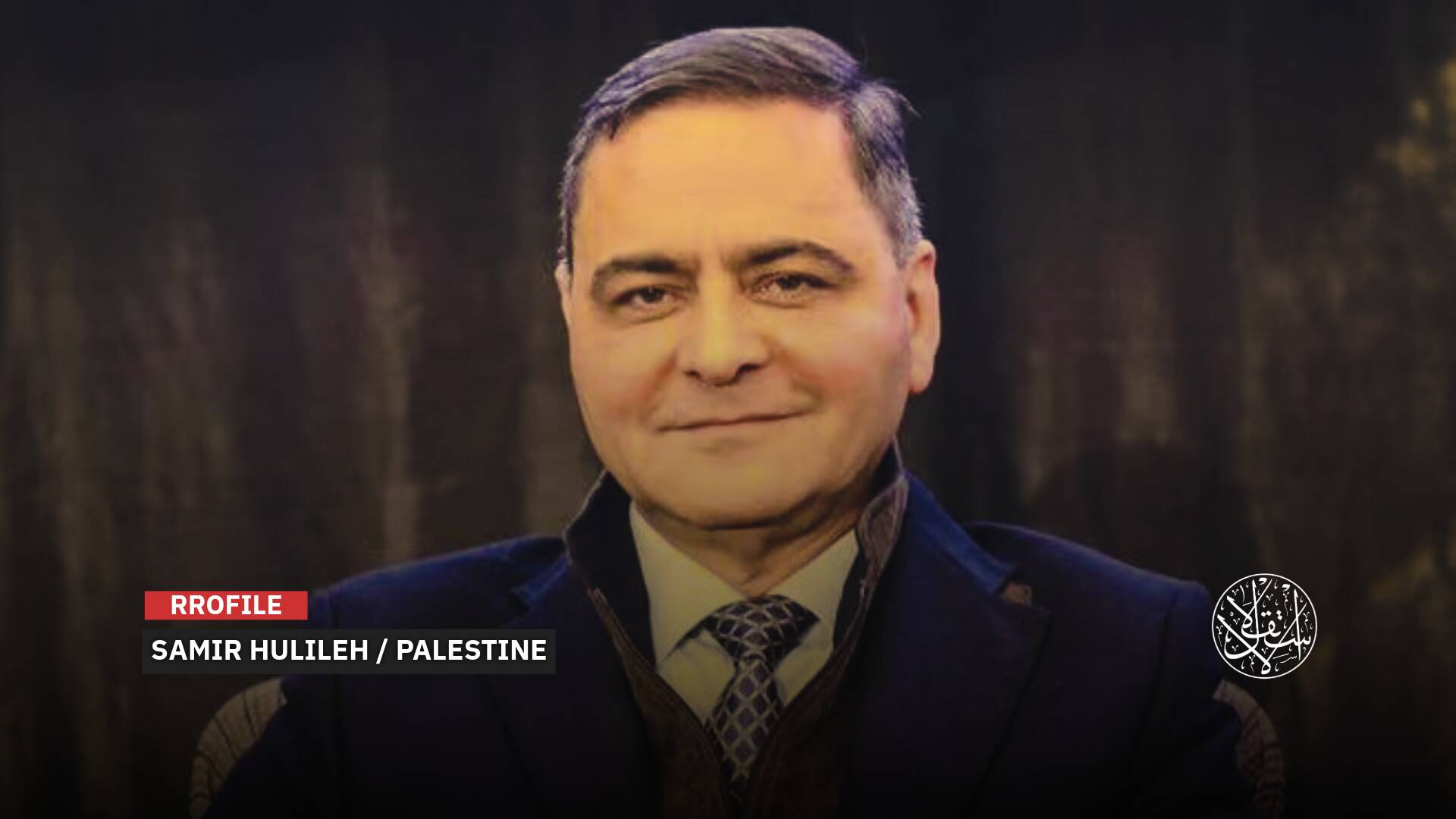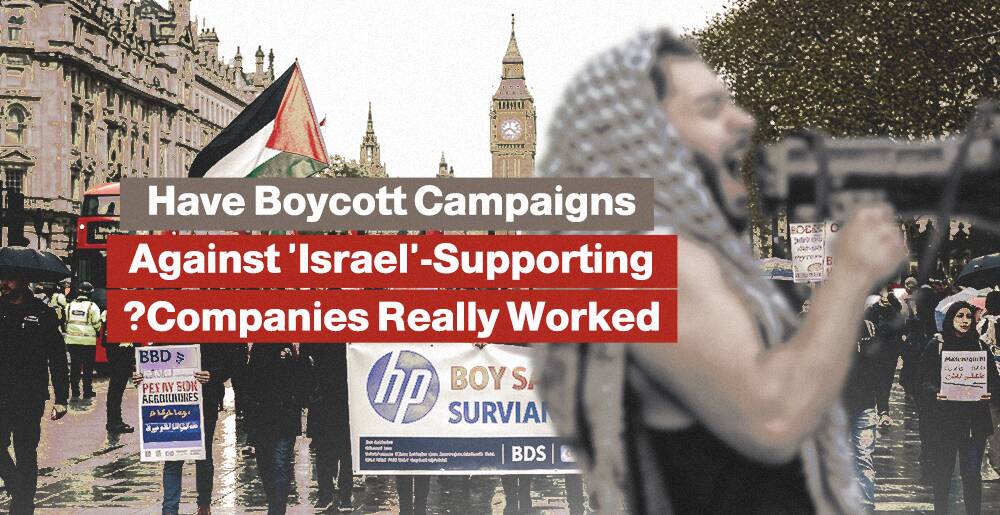Black or White: Significance of the Turban Color in Selecting Hezbollah’s Leader

The top three candidates to lead Hezbollah after Nasrallah are: Naim Qassem, Hashem Safi al-Din, and Muhammad Yazbek.
With the many speculations about Hassan Nasrallah's successor as leader of the Lebanese Hezbollah, questions are being asked about the significance of the color of the turban worn by the party's leading turbaned men, and to what extent it is important in choosing the new secretary-general?
On September 30, 2024, Naim Qassem, the party's deputy secretary-general, denied during a televised speech that a replacement for Nasrallah had been chosen so far, stressing that they would select a secretary-general "at the earliest opportunity, according to the approved mechanism, and that the choices are easy and clear because we are of one heart."
This comes hours after the party's media office issued a brief statement regarding the names currently being proposed and the validity of their assumption of the position of secretary-general, saying that "the news that has been circulated in this regard cannot be relied upon unless an official statement is issued."
Meanings of the Turban
In Shiite literature, the black turban indicates that its wearer is descended from the family of the Prophet Muhammad and is called "Sayyid", while the white turban indicates that the wearer is not a descendant of the Prophet, and is therefore called "Sheikh", and both are clerics because they wear the turban.
Although the black turban is more sacred than the white one—in accordance with Shiite heritage—this is not related to the academic degree that its wearers acquire, as both can reach the rank of Ayatollah (the highest Shiite academic degree) and become religious authorities, because it is related to the religious sciences that the turbaned person acquires from the Shiite seminaries.
In the Najaf Marja'iya, the highest Shiite religious reference in Iraq, there are 6 religious authorities with the rank of Ayatollah, of whom only Ali al-Sistani wears the black turban, while the rest wear the white one, and they are: Bashir al-Najafi, Muhammad Ishaq al-Fayyad, Qasim al-Ta'i, Shams al-Din al-Wa'izi, and Muhammad al-Yaqoubi.
In Iran, in addition to Ali Khamenei, the country's supreme leader, those who wear the black turban in the Qom Marja'iyya are: Sadiq al-Shirazi, Musa Zinjani, and Kazem al-Haeri, while the rest of the Marja'iyya are all white-turbaned.
The most prominent of them are: Wahid al-Khorasani, Kamal al-Haidari, Nasser Makarem Shirazi, Jafar al-Subhani, Javad al-Gharawi, Hussein al-Hamadani, Abbas Mahfouzi, Qurban Ali al-Muhaqqiq, Muhammad Ibrahim Janati, Abdullah al-Amili, Muhammad Ali al-Karami, Asadollah Bayat-Zanjani, and Shams al-Din Mojtahid.
In Lebanon, the Shiites also have many figures who have attained the religious rank of "Ayatollah", but in the case of the Lebanese "Hezbollah", there is no one in the leadership who has reached this rank, and Hassan Nasrallah, the former Secretary-General, held the rank of "Hujjat al-Islam wal-Muslimin."
Accordingly, the Shiite religious authorities did not show any difference in the subject of the color of the turban, and the same is true for the Shiite movements, political parties, and armed groups, whether in the countries mentioned above or others, as they witness diversity in the color of the turban that they lead.

Khamenei's Decision
On the Lebanese level, the writer and political analyst from Lebanon, Tony Abi Najm, confirmed during a television interview on September 29 that "the one who appoints the leader of Hezbollah is the Supreme Leader in Iran [Ali Khamenei], and this is far from the folkloric scenes [popular heritage].”
Abi Najm explained that “the party's statement [on the killing of its leader] offered condolences to Ali Khamenei personally on Nasrallah’s death, so he is the one who appoints the secretary-general of Hezbollah, and those who supervise the leadership of military operations in Lebanon are officers of the Iranian Revolutionary Guard.”
The Lebanese expert supported his statement by saying, "In the Israeli strike on the southern suburb [September 27], more than one officer in the Iranian Revolutionary Guard was killed, and in the assassination of Fouad Shukr [July 30], a leader in the party, an Iranian officer was also killed with him."
From his side, the Iraqi researcher Ali al-Masari told Al-Estiklal, “The Lebanese Hezbollah is an ideological party, and believes in the system of the Guardianship of the Jurist [a concept in Twelver Shia Islamic law], and takes the Supreme Leader of Iran, Ali Khamenei, as a religious reference and a supreme leader who even intervenes in the appointment of the secretary-general of the party.”
He pointed out that “the color of the turban is not a condition for who will assume the leadership of the Lebanese Hezbollah, although the black color is because its bearer is a more sacred figure according to Shiite ideological concepts, and thus gives the internal ranks and the cadres working within it a greater religious dose than being merely partisan.”
In the Iraqi case, al-Masari explained that the Shiite parties and movements, some of which are led by figures with black turbans, such as the Sadrist movement led by Muqtada al-Sadr, and the Hikma movement led by Ammar al-Hakim, adding that “these two do not believe in the Guardianship of the Jurist, and they have religious references, the first follows al-Sistani, and the second, al-Haeri.”
“There are armed militias with political wings, such as Asaib Ahl al-Haq [League of the Righteous], led by Qais Khazali, and the Nujaba Movement, led by Akram al-Kaabi, both of whom wear white turbans, believe in the Guardianship of the Jurist, and take Khamenei as a religious authority and supreme leader.”
The researcher concluded that “the color of the turban does not make a big difference in choosing the leadership of Shiite political parties, movements, and militias, especially since Shiism takes religious authorities whom it follows in religious matters, whether it believes in the Guardianship of the Jurist system or not.”
Who is Next in Line?
Returning to media-reported figures to succeed Nasrallah, and whether the color of the turban has anything to do with that, Subhi al-Tufayli, the first Secretary-General of the party in 1989, wore a white turban, then came after him Abbas al-Moussawi and Hassan Nasrallah, who wore a black turban.
Arab and foreign media presented many turbaned leading figures in Hezbollah, which they said were the closest to taking over the leadership after its former Secretary-General, and among the most prominent names being circulated are: Naim Qassem, Hashem Safi al-Din, and Muhammad Yazbek.
In the current leadership hierarchy within Hezbollah, Naim Qassem holds the position of Deputy Secretary-General, and he is a white turbaned and is one of the potential candidates to succeed Nasrallah.
Qassem, 69, is a veteran figure in the group and has served as deputy secretary-general since 1991. He was appointed to the position under the party’s former secretary-general, Abbas al-Musawi, who was killed in an Israeli helicopter attack in 1992, and remained in the position when Nasrallah took over.
He began his political activity in the Lebanese Shiite “Amal” Movement, founded in 1974, and left it in 1979, following the Iranian Islamic Revolution, which shaped the political thinking of many young Lebanese Shiite activists at the time.
Qassem participated with Abbas al-Musawi, Subhi al-Tufayli, Muhammad Yazbek, and others in the meetings that led to the formation of the Lebanese Hezbollah, which was founded by the Iranian Revolutionary Guard in 1982.
As for Hashem Safi al-Din, (60 years old), he heads the party’s executive council, and has worn a black turban since completing his religious studies in the Iranian city of Qom in the 1980s. He is married to the daughter of Shiite cleric Muhammad Ali al-Amin, a member of the Sharia Authority of the Supreme Islamic Shiite Council in the country.
In terms of kinship, Hashem Safi al-Din is the cousin of Hassan Nasrallah’s mother. In addition to this close relationship, he also bears a great resemblance to him, whether in appearance or in the way he speaks, even with a lisp in the letter “r.”
Safi al-Din has a special relationship with Iran that gives him influence within the leadership hierarchy of Hezbollah. His brother Abdullah is the party’s representative in Tehran, and his son Reza Hashem is the husband of Zainab, the daughter of the former commander of the Iranian Quds Force, Qassem Soleimani.
Another candidate to succeed Nasrallah as party leader is the cleric Muhammad Yazbek (74 years old), who wears a white turban. He is one of the founders of Hezbollah and the head of the Sharia Authority, or religious council, of the organization.

Two days before Nasrallah's assassination was announced, the Secretary-General of the Arab Islamic Council in Lebanon, Muhammad Ali al-Husseini, revealed during a television interview on September 27 that there had been an uprising within Hezbollah's Shura Council against Nasrallah, and that Muhammad Yazbek would be nominated to succeed him.
However, the accuracy of al-Husseini's account, which sparked controversy on the Saudi-affiliated Al-Arabiya news channel a day before Nasrallah's assassination, is not known, as he sent a message to the latter: "Prepare your will, because your friend turns foe... What happened in 2006 was agreed upon, but today there is no policy and Israel will destroy everything."
Yazbek comes from a family based in Bodai, a town near the Baalbek district in northern Lebanon. He completed his Shiite religious studies in Iraq during the 1970s, and returned to Lebanon in 1980, contributing to the establishment of Shiite seminaries and religious institutions in the country.
Although he is a leader in Hezbollah, he is also the representative of Iran's Supreme Leader Ali Khamenei in the Bekaa Valley region, where he is responsible for distributing the financial grants that the latter allocated to the Lebanese party.
Sources
- Hashem Safi al-Din: The look-alike of the Secretary-General of the Lebanese Hezbollah, who is a candidate to succeed him. [Arabic]
- Mohammad Yazbek: A clerical leader appointed by his supporters as the head of Hezbollah before Nasrallah’s assassination. [Arabic]
- ‘We will choose a Secretary-General for the party at the earliest opportunity.’ Qassem denies Nasrallah’s meeting with 20 leaders at the moment of his assassination. [Arabic]
- Is the Supreme Leader of Iran the one who appoints the leadership of Hezbollah in Lebanon? [Arabic]


